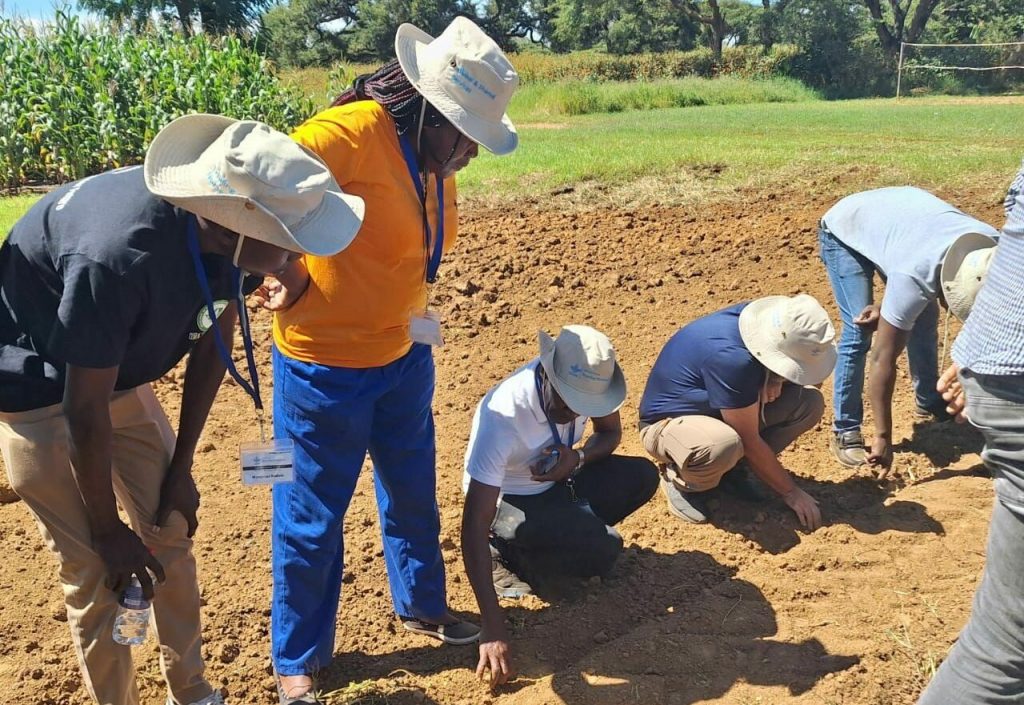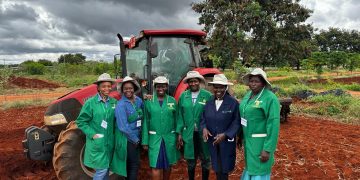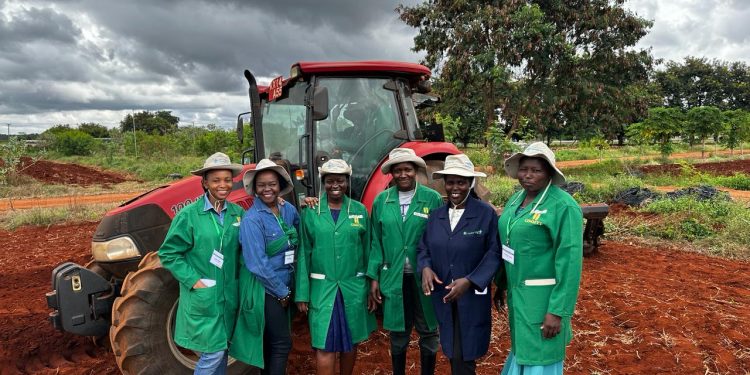Advancing Agricultural Efficiency with Cutting-Edge Technology and Skills
Ensuring top-notch equipment reaches breeding research stations worldwide is vital, but equally crucial is empowering trialling and nursery teams with the skills to continuously generate high-quality breeding data.
Effective management of breeding trials is essential for establishing selection conditions that lead to distinct trait expression among genotypes. Good trial management minimizes experimental errors, thereby aiding in the identification of superior genotypes.
Mechanizing the processes contributes to precise trial management and facilitates operations. For instance, machine seeding guarantees consistent seed depth and density, and uniformity in planting. Combine harvesters can be outfitted with grain cleaners, onboard weighing systems, and sensors to assess grain moisture and weight, significantly streamlining data collection processes.
These pieces of equipment, combined with the technical knowledge to use them, ensure the quality of the prediction data, which is crucial for making informed decisions about which crop varieties to select and further develop for improvement.
Based on this observation, the Crops to End Hunger (CtEH) program provides a combination of appropriate equipment and technical expertise to crop breeding programs worldwide. CGIAR Breeding and Research Services, implementing CtEH, just concluded a hands-on training session as part of the CtEH Facilities Upgrade and Mechanization Improvement project, which aims to modernize key plant breeding research stations across the globe for higher genetic gains.
The result? Empowering crucial breeding stations throughout Africa to generate accurate trialling and nursery data on essential crops such as yam, rice, cassava, maize, and more. This, in turn, accelerates the development of improved varieties at reduced time and costs.
The training sessions brought together 83 participants from 12 African countries, representing trialling and nursery teams from various CGIAR Centers and partner institutions. These included AfricaRice, IITA, CIMMYT, as well as CSIR-SARI and CSIR-CRI (Ghana), KARLO (Kenya), and NARO (Uganda).
The trainers addressed numerous activities essential to trialling and nursery operations on breeding stations, such as: tractor driving, Personal Protective Equipment (PPE) usage, chemical spraying techniques, seed calibration procedures, sowing machine utilization, and more.

A Myriad of Activities Tailored to African Crop Breeding Programs’ Needs
Addressing the unique needs and challenges of African breeding programs, the CtEH Trialling and Nursery training program conducted four sessions across the continent, spanning Côte d’Ivoire, Ghana, Kenya, and Zimbabwe.
During the sessions, participants benefitted from customized training, focusing on specific aspects of their work and crop varieties.
Notably, special attention was given to gender mainstreaming, reflecting the commitment of CtEH to empower women in technical roles within plant breeding stations. This included breaking gender stereotypes by providing training in tractor driving, a skill traditionally seen as male-dominated but crucial for trialling and nursery work. In Kenya, participants acquired the skills to calibrate maize seeds, using new sowing machinery provided by CtEH. Seed calibration ensures optimal spacing between seeds and planting depth, which is vital for maximizing yield and enhancing survival rates in trials. Weed management is crucial for the integrity of breeding trials, especially in large-scale operations where manual weeding is impractical. Herbicide tolerance may also be a desired trait of the studied varieties.
Ensuring the safety of all personnel involved in these activities is paramount. Thus, it’s imperative for every breeding station to equip its workforce with Personal Protection Equipment (PPE).
Proper utilization of PPE, safe chemical application practices, agronomic techniques, and the calibration of herbicide boom sprayers to ensure efficient herbicide application per hectare in the field were covered, among other things, by the training in Zimbabwe. Rice is cultivated in 40 out of 54 countries in Africa, serving as the primary activity and income source for over 35 million smallholder farmers.
To develop the best rice varieties for the continent, cutting-edge equipment is funded by CtEH, supporting the trialling and nursery activities of Africa Rice teams across Côte d’Ivoire, Madagascar, Nigeria, and Senegal. This work has already yielded results, as in just two years, and with support from Facilities Upgrade and Mechanization Improvement, Africa Rice teams have already developed superior rice varieties.
Participants in the training session held in Côte d’Ivoire enjoyed customized rice-related activities, including learning how to maneuver row seeders for trial seed planting, utilizing manual seeders and single-row equipment for small plot cultivation, and mastering the operation of tractors in rice paddies to optimize productivity, among other skills.
Overall satisfaction rates were remarkably high at the conclusion of the training sessions, with participants expressing a substantial improvement in their comprehension of the training content, its relevance, the clarity of instruction from the trainers, and their confidence in applying the acquired skills to real-world trialling and nursery work.



































